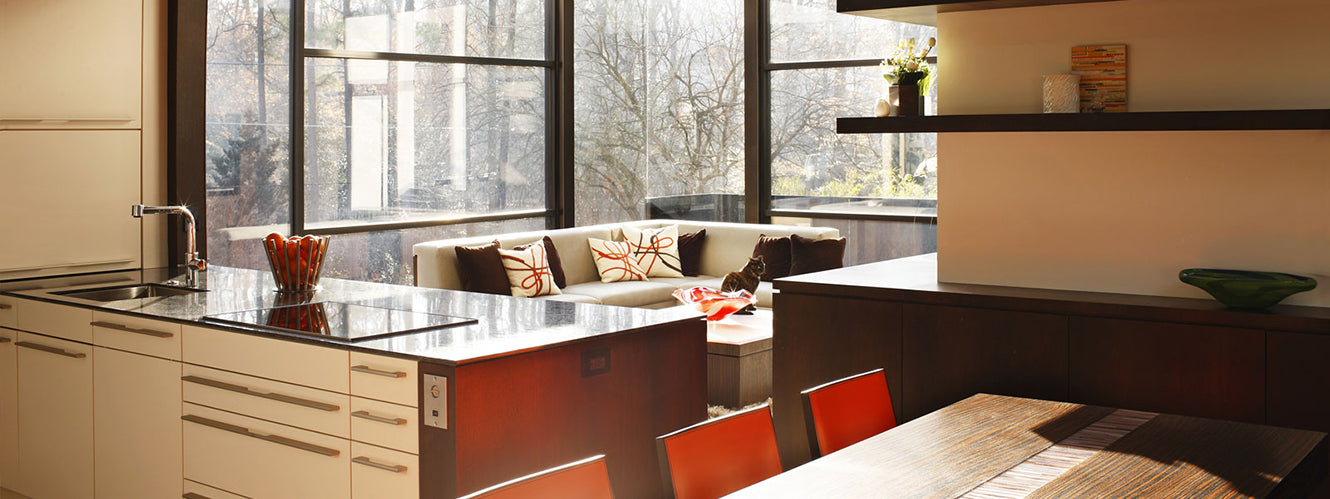Choosing the right kind of paint
All paints are not created equal. It’s very likely that if you’ve visited a friend’s house and loved how her interior looked, she didn’t find the cheapest paint available and then struggle to apply it. Cheap paints tend to be thinner, and although you may think you’re saving money initially, it will ultimately cost you far more in both labour and the amount of paint it takes to achieve a great finish. A cheap paint may separate quickly in the can, bubble, drip or even take a lot longer to dry, meaning a one day job can quickly turn into a several day nightmare. Choose your paint based on quality, and not necessarily price. You can fairly easily determine what constitutes as a good paint by doing a little research on the internet, asking around in your neighborhood, or asking local painters or paint dealers. Your local paint store is a great starting point, and in general carries, a far better quality than a hardware store will.

The project you’re about to tackle will also have a big impact on the paint you buy. An interior paint is far different from an exterior, and different mediums require different paints, whether it’s wood, concrete, drywall, stone, laminate or glass. It’s also important to note whether or not the surface has already been painted, and what prep work will be required before you can apply that first brush stroke. Some surfaces will require a light sanding or clean with a hard bristle brush before paint will adhere properly. If you’re applying paint over new drywall, a coat of primer is always a good idea. The paint can generally give you all of the information you need to figure out which paint is made for what surface, but your paint supplier is also a great source.
It might seem strange to take into account the time of year, but temperature can ruin a good paint job. When painting your home exterior or painting some other item outside, you’ll need to ensure that the temperature allows for the paint to do its job. Too cold or too hot, and you’ll find your labour has been wasted.

Be aware that your paint colour will shift depending on the surface that’s being painted, the natural and artificial light available, and other colours in the near area. During the course of the day, you’ll probably notice that your walls may appear a different shade in the morning than in the evening. This is also true of your home exterior. If you’re not totally sold on your paint colour, it’s best to try a test area first and ensure that it’s what you’re looking for. Paint also tends to darken as it dries, so your initial coat won’t look the same after it’s had the chance to cure.
Adding a coat of paint can be a great way to freshen up your environment. Take your time, follow instructions, and always ensure you use the right paint for the job.
